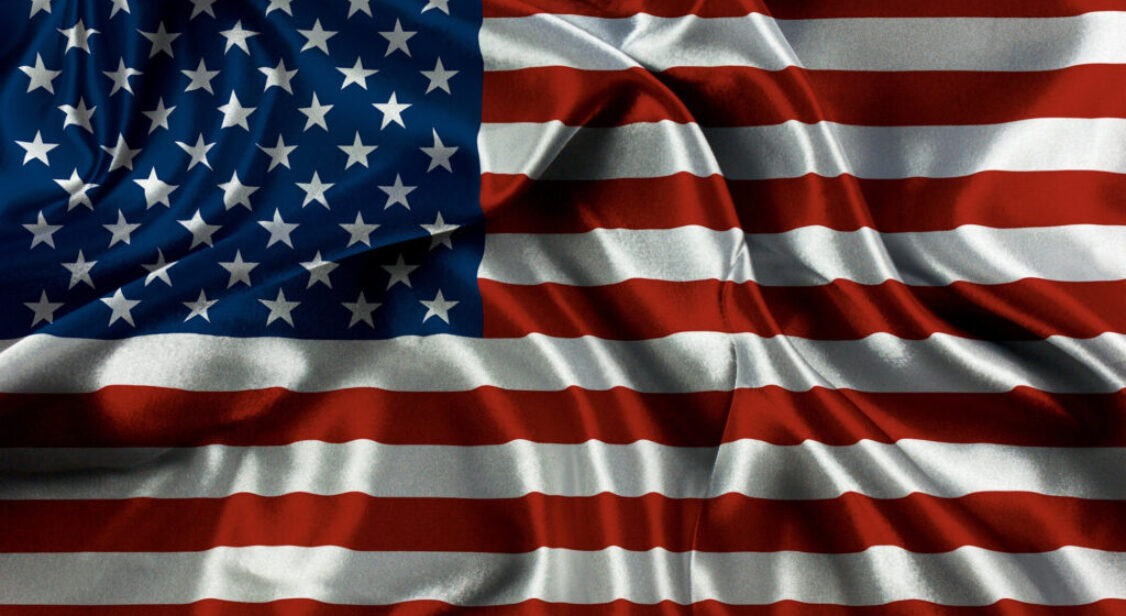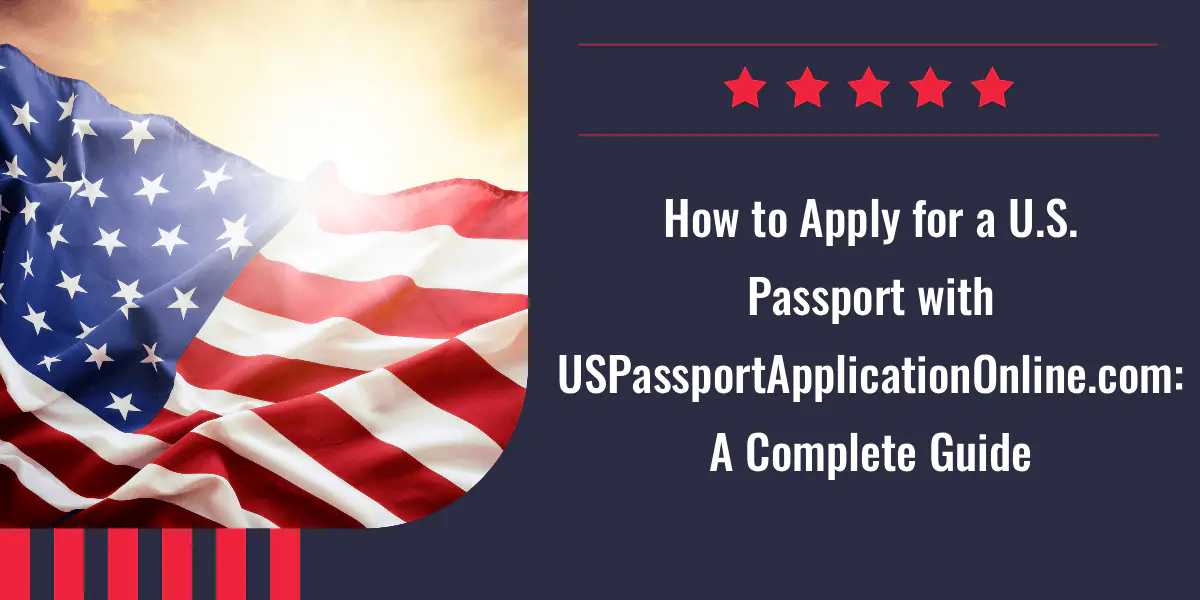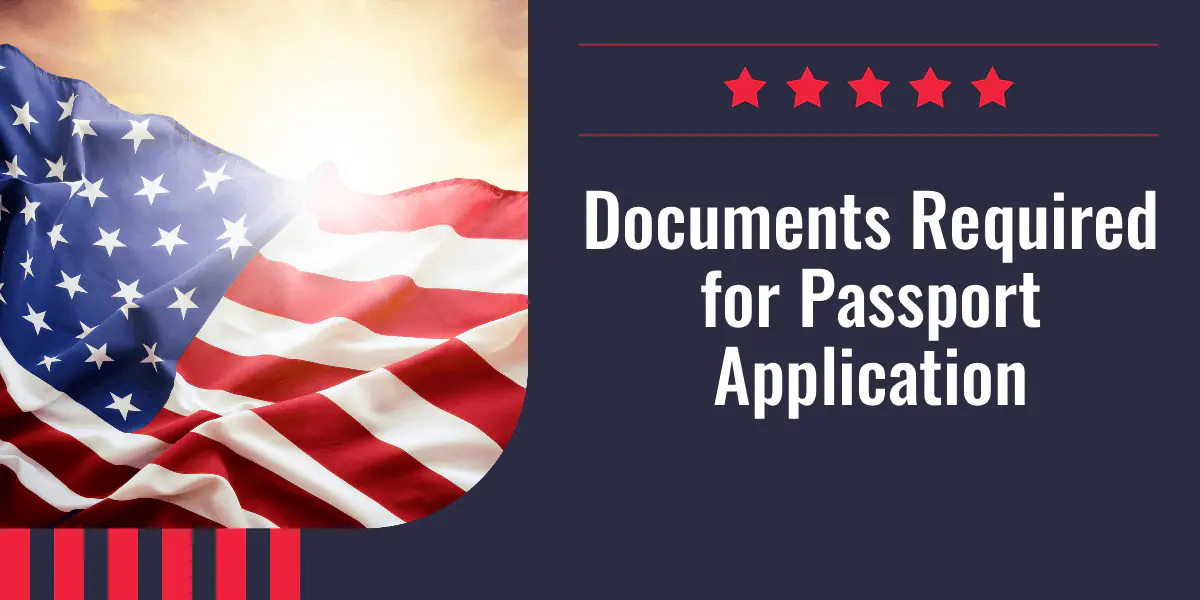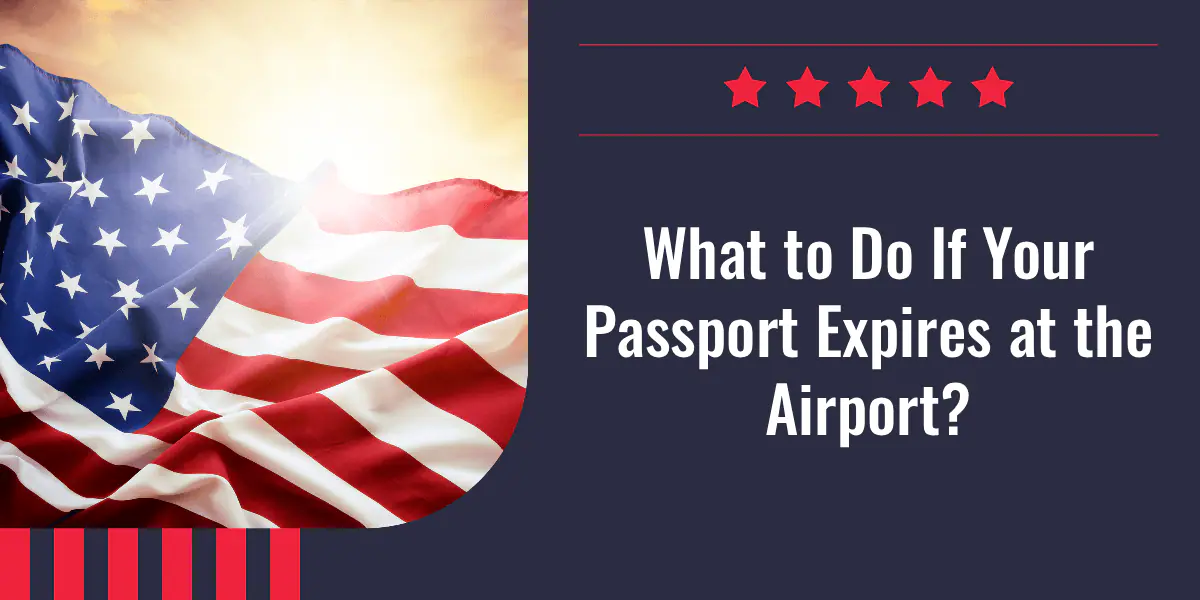
A hologram is a special security feature used in modern travel documents such as passports and visas. Its main purpose is to protect against counterfeiting and to facilitate the verification of a document’s authenticity. A distinctive feature of a hologram is that its appearance changes depending on the angle of light.
Holograms are produced using advanced optical technologies, making them nearly impossible to replicate accurately. They serve not only an aesthetic function but also an essential protective role. Their presence is one of the key elements that build trust in the authenticity of travel documents.
Role in travel documents
The hologram is one of the core security features recommended by the ICAO (International Civil Aviation Organization) in biometric documents. It allows border officers and automated control systems to quickly and effectively confirm that a document is genuine. In practice, holograms are among the first features checked during passport or visa verification.
The use of holograms raises global security standards, as counterfeiters face significant challenges in reproducing them. Many countries have introduced specialized training for border control officers to help them correctly recognize hologram features. Furthermore, the presence of a hologram also facilitates faster processing of documents during mass passenger clearances.
Types of holograms used in passports and visas
In modern passports and visas, different holographic technologies are applied, including:
-
2D/3D hologram – creates a three-dimensional effect visible when viewed from different angles. This is one of the most recognizable forms of holograms and can be easily checked with the naked eye. It is used in many travel documents worldwide.
-
Kinegram® – an advanced hologram with moving effects, often used in U.S. visas. It changes dynamically depending on the viewing angle, making it extremely difficult to forge. This solution combines both high-level security and visual effects.
-
Micro-holographic elements – very small patterns visible only under magnification, making them extremely difficult to reproduce. They provide an additional layer of protection, invisible to casual observers. This makes it almost impossible for counterfeiters to replicate all details.
-
Color-shifting holograms (OVD – Optical Variable Devices) – change color depending on the lighting. They create a visual effect that cannot be reproduced by ordinary printing techniques. These are often combined with other security features to ensure higher effectiveness.
Each of these hologram types plays a unique role in enhancing document security. In many cases, a combination of several technologies is applied to maximize protection. This variety of safeguards makes passports and visas some of the most secure identity documents in the world.
Importance for security
Holograms are virtually impossible to replicate accurately with traditional printing methods. They make counterfeiting significantly harder, while travelers gain additional confidence that their documents are protected against misuse. They are also among the most visible and easily verifiable security features.
In many countries, holograms in passports and visas are designed to work together with other protections, such as microprinting or security threads. This creates multi-layered protection for each document. Importantly, holograms also act as a deterrent to potential counterfeiters since their production requires highly specialized equipment.
Summary
The hologram in passports and visas is one of the most important security features. It combines advanced optical technology with high resistance to forgery, making it a standard in modern travel documents worldwide. Its presence increases a document’s credibility and protects it from illegal use.
Thanks to holograms, travelers can be sure that their documents meet the highest safety standards. They also help border officials by speeding up document verification. In many ways, the hologram symbolizes modern travel documents by combining innovation with security.
👉 If you are preparing a visa or passport application, use our online form at uspassportapplicationonline.com to make sure your documents are correctly prepared and ready for security verification.
Select your application form type
U.S. Passports
U.S. Visas
U.S. ESTA
Read also the articles on our blog:
* The information provided in this article is for informational purposes only and does not constitute legal advice. The content has been prepared based on publicly available information, including the U.S. Department of State website and other thematic sources, and is intended to clarify selected issues and assist individuals interested in the process of applying for documents, including passports and visas.



